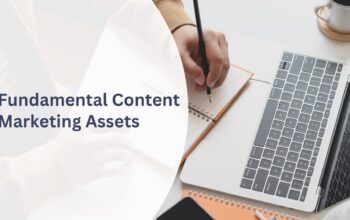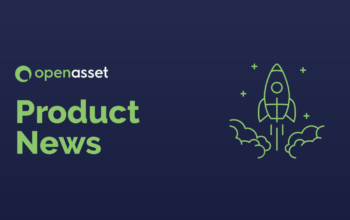Content marketing isn’t just about blogs and social media captions. Every piece of content you create is a valuable asset to your brand, and leveraging a diverse range of content assets can maximize your online exposure and enhance brand engagement.
While you may already be using some content assets, ensuring you’re utilizing them effectively is essential. But how can you make sure you’re using them effectively? And how can they lead your company to success?
In this blog, we’ll explore 17 critical content marketing assets (with examples) and provide guidance on how to use them to support your marketing strategy. Not every content asset is worth creating, so we’ll also discuss how to determine which ones are right for your team.
What Are Content Assets?
To start with the basics, what is an asset in marketing? A content marketing asset is any piece of content—such as a blog post, white paper, or video—that a business uses to achieve a marketing goal.
These assets are most valuable when created and deployed strategically, with a clear understanding of the audience, purpose, and objectives.
Content assets can be long-form, like an ebook, or short-form, such as a checklist. They may also include multimedia formats like videos or podcasts. These assets can be either ungated (freely available to generate brand awareness) or gated (requiring users to provide contact information, such as an email address, to access).
The choice between gated and ungated assets depends on your marketing strategy. Ungated assets are great for top-of-funnel activities, attracting a broad audience and building brand awareness. Gated assets, on the other hand, are more effective for mid-funnel or bottom-of-funnel prospects, as they help generate more qualified leads by collecting valuable user information.
Regardless of format or access type, integrating content assets into a cohesive content experience that supports the customer journey is crucial. A content asset without context or connection to the rest of your strategy is ineffective and doesn’t provide value.
The Difference Between a Content and Brand Asset
A content asset is any piece of content created to achieve specific marketing goals. These can include blog posts, ebooks, videos, infographics, podcasts, and more.
Content assets are designed to provide valuable information to your audience, generate leads, drive traffic, and support various stages of the customer journey. As mentioned earlier, they can be either gated (requiring user information for access) or ungated (freely accessible).
Furthermore, content marketing assets are used in marketing campaigns and strategies to achieve short-term and long-term goals.
Purpose of Content Assets:
- Educate and inform the audience
- Drive engagement and traffic
- Generate and nurture leads
- Support sales and customer retention
A brand asset, on the other hand, refers to the elements that define and represent your brand’s identity. These digital brand assets help create a recognizable and consistent brand image across all marketing channels.
Moreover, brand assets include logos, taglines, brand colors, fonts, and other visual elements that embody your brand’s personality and values. They are used consistently across all marketing materials to reinforce brand recognition and trust.
Purpose of Brand Assets:
- Establish brand recognition and consistency
- Communicate brand values and personality
- Differentiate from competitors
- Build brand loyalty and trust
The Importance of Content Assets in Your Marketing Strategy
Content marketing assets are the building blocks of a successful content marketing strategy. These pieces of content spark brand recognition and educate your audience, serving as essential tools for engaging potential customers.
Content assets bring your content marketing strategy to life. Whether you’re gathering leads for an email campaign, boosting brand awareness on social media, or providing valuable information at the right time, content assets are indispensable.
In the complex B2B landscape, buyers constantly seek information and conduct extensive research before making a purchase. Offering high-quality, relevant content assets, positions your business as a trusted resource, setting the stage for success.
Overall, these assets are excellent lead generators, attracting and engaging new audiences. They help establish your business as a thought leader with authority in your industry. Effective content assets create a strong first impression and generate backlinks and shares, amplifying your reach without additional ad spend.
Moreover, content assets humanize your brand, positioning it as an industry leader, enhancing SEO, and encouraging engagement in social media. This drives users back to your website and pushes them through the conversion funnel, ultimately contributing to your marketing goals.
Examples of Content Assets
Understanding your content strategy is essential when deciding which content marketing assets to create. These assets can take various forms and play a significant role in content marketing.
In the digital landscape, content assets are primarily online, designed to be promoted and interacted with by potential consumers. A recent survey highlights that the top three types of content assets created by marketers are short articles (83%), videos (61%), and infographics (51%).
However, the list of different types of content assets includes more than that. Here are 17 examples of content assets:
1. Blogs
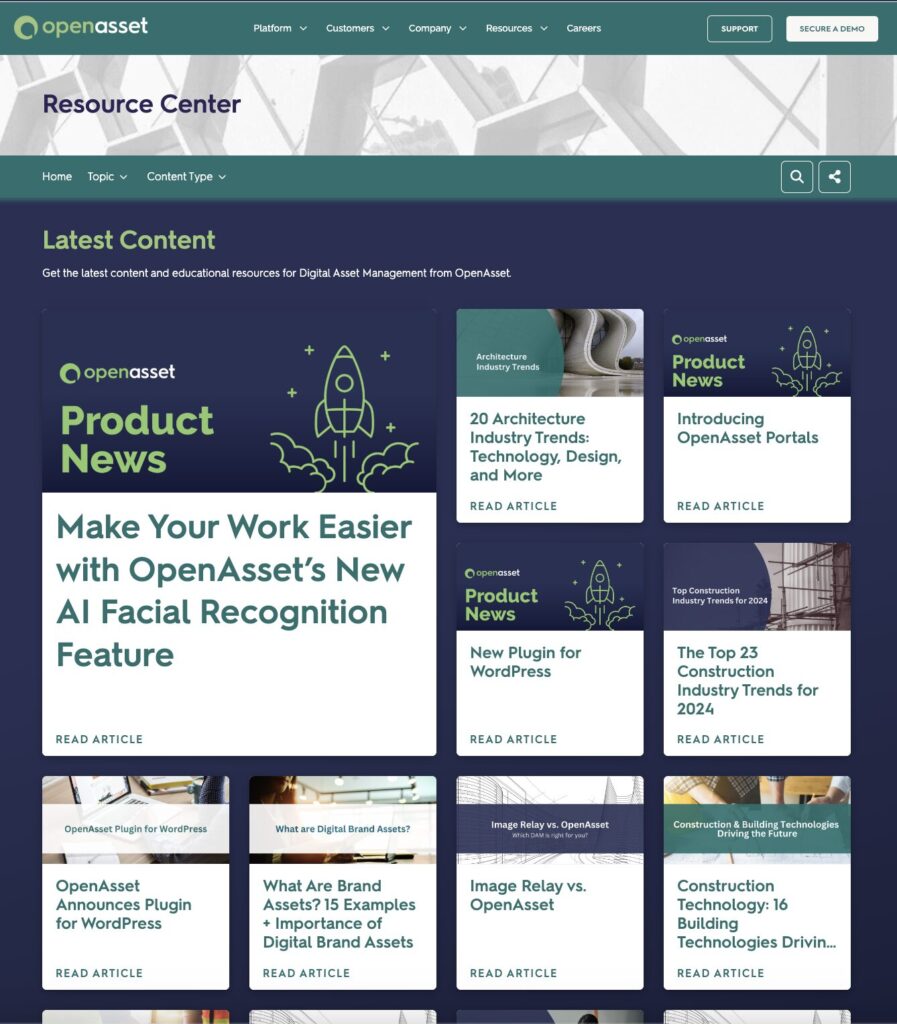
A blog is a versatile content asset that can be short or long-form, focusing on your audience’s interests or pain points. Blog posts remain the most popular content format, with 9 out of 10 marketers using blogging to achieve content goals.
Blogs can cover a wide range of topics, including how-to guides, lists, round-ups, interviews, product reviews, company news, and industry insights. However, it’s important not to write blog posts just for the sake of publishing. When writing a blog, always consider what you want to achieve with your content and align your posts with those goals.
Moreover, regularly updating a blog is an excellent way to develop long-form written content. Blogs educate existing buyers and attract new customers by showcasing your expertise and drawing search engine traffic.
2. White Papers
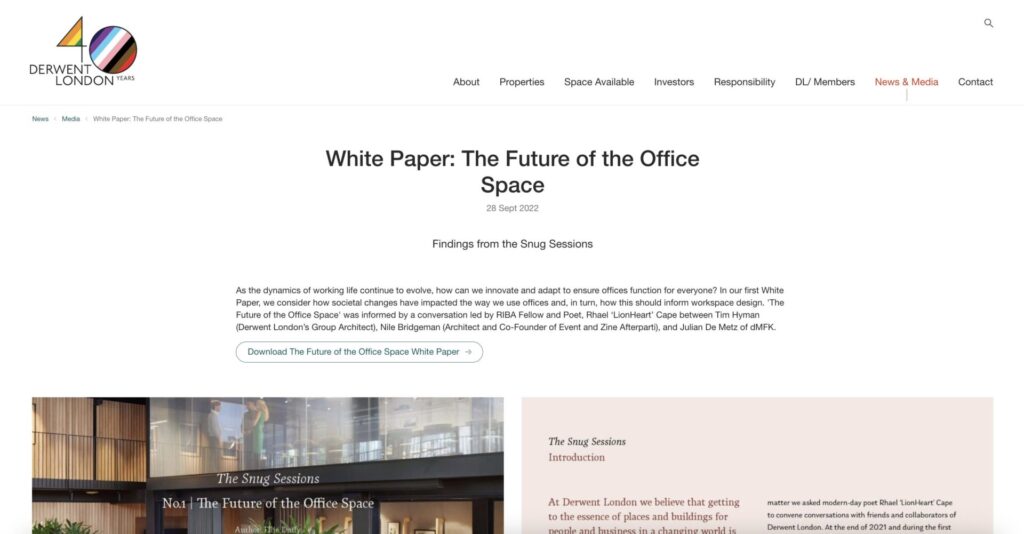
White papers are long-form content pieces (longer than ebooks) that delve deep into a subject, providing original data, research, diagrams, quotes, infographics, and insights from professional experts. They often include case studies to illustrate points and can extend up to fifty pages, maintaining a professional, almost academic tone.
White papers are distinct from other content assets due to their depth and thoroughness. Businesses use them to share comprehensive knowledge about specific topics, showcasing their expertise and authority in the industry.
It’s especially important for businesses that sell to other businesses to garner respect from their peers. Perhaps this is why 63% of B2B companies note white papers as one of the most effective forms of content they use in their organization.
Moreover, downloading a white paper typically requires an email exchange, which not only generates leads but also positions the business as a subject matter expert. It signals to potential customers that the business is credible and worth their time.
Creating a white paper requires considerable time and effort; it’s not something that can be thrown together in a few minutes or even a few hours. Readers recognize and value this dedication, perceiving white papers as high-value content. This is why they are typically willing to provide their name and email when accessing gated white papers.
Audiences who download white papers already have an interest in your brand. Therefore, well-crafted and informative white papers can be pivotal in converting these high-intent leads into clients.
3. Ebooks and Guides
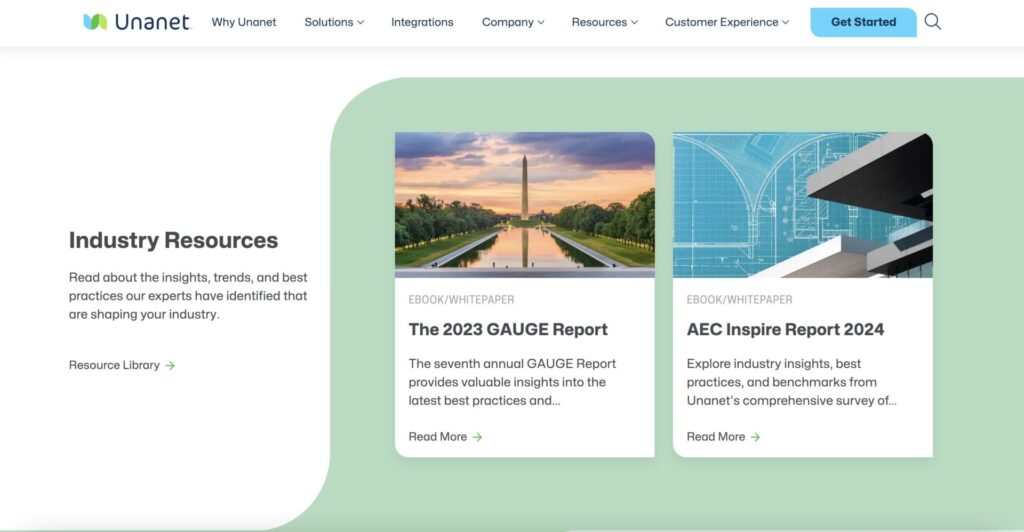
Ebooks are comprehensive, long-form content pieces designed to teach or provide readers with valuable, practical information. Typically spanning over 3,000 words, ebooks are structured into chapters or sections and offer in-depth research and insights, much more detailed than a standard blog post.
Ebooks play a crucial role in content marketing by helping businesses build trust and authority with their target audience. They are effective tools for demonstrating expertise on a specific topic and can significantly enhance your brand’s reputation.
Like white papers, these assets are usually gated, requiring readers to exchange their email addresses or other contact information to access the content. This simple exchange not only generates leads but also positions your business as a subject matter expert.
Moreover, guides also play a crucial role as a content asset. For example, buyer’s guides are ideal for the middle of the funnel, as they move prospective buyers closer to choosing your product or service while still offering valuable information. These guides help position your brand as a trusted advisor rather than just an average company.
4. Case Studies
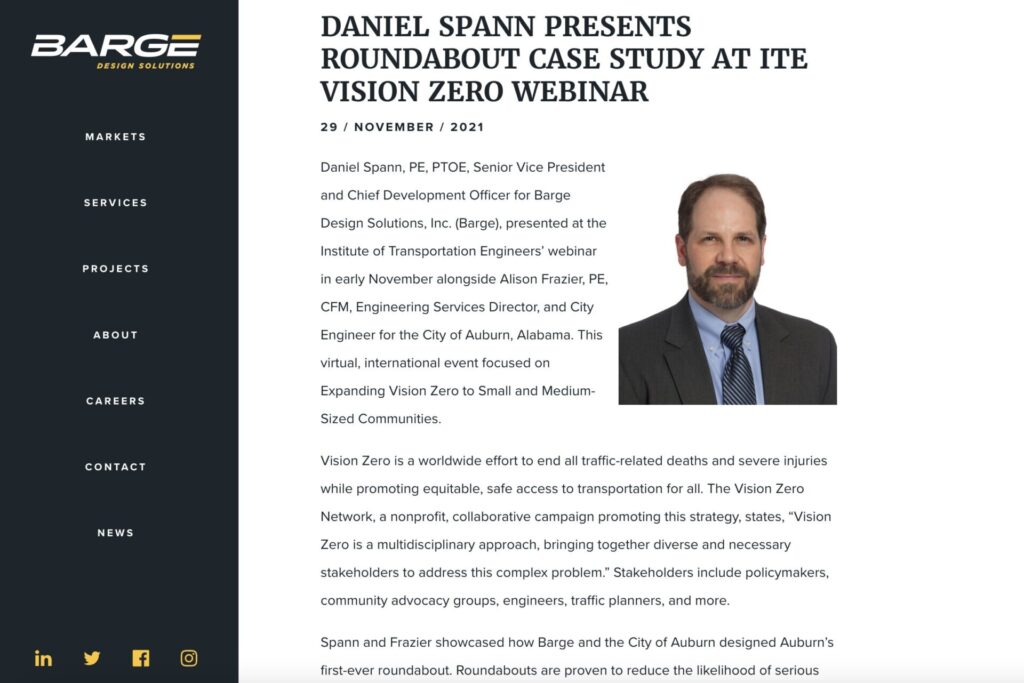
Case studies are compelling content assets that demonstrate how your product or service effectively solved a customer’s problem.
They typically include first-hand insights, customer quotes, and data to showcase results, making them powerful tools for establishing social proof and illustrating your value. Considering 73% of the most successful content marketers use case studies, they’re a worthwhile addition to add into your content strategy.
Humans naturally trust other people’s stories, making case studies crucial in the decision-making process. They deliver powerful endorsements from third parties, proving that your product or service is worth the investment.
The accessibility of case studies varies; some organizations choose to gate them behind a form, while others display them freely on their website. Regardless of access, case studies combine storytelling with factual evidence, showing how your brand addresses specific issues.
5. Videos
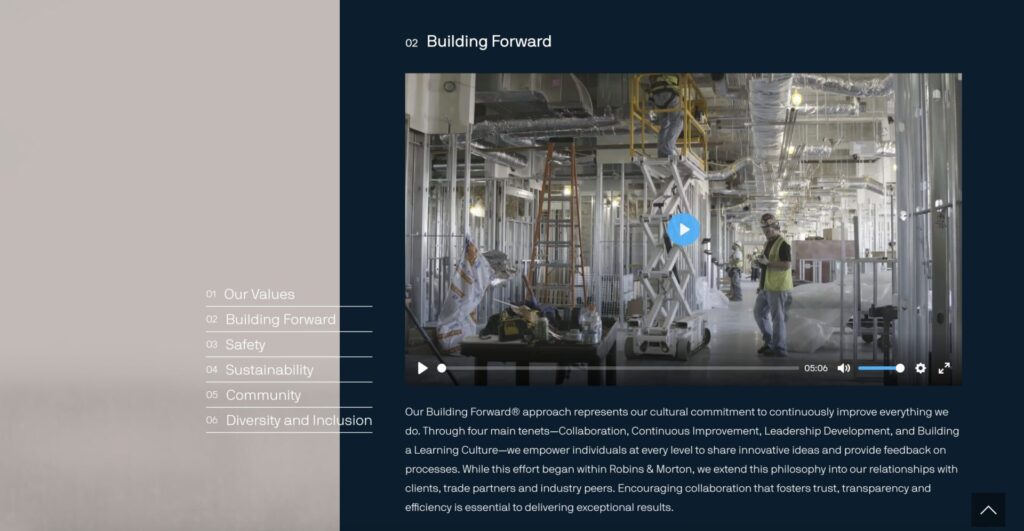
Videos have become a cornerstone of content marketing strategies, with 91% of businesses using video as a marketing tool and 86% of marketers reporting that videos help generate more qualified leads. Consumers also favor video content, with 84% of people having bought a product after watching a video.
Videos also offer benefits when it comes to emailing. For example, including the word “video” in an email subject line can boost open rates by 7-13%, and videos in content can increase clickthrough rates by 65%.
Video assets cater to viewers’ need for entertainment and convenience, capturing attention and fitting into busy schedules. YouTube remains the leading platform for video content, but businesses can leverage videos in various ways, including:
- Embedding videos on websites
- Hosting live and on-demand webinars and fireside chats
- Sharing on social media platforms like LinkedIn, Instagram Live, and TikTok
Additionally, videos offer excellent opportunities for repurposing content. For instance, a high-performing blog post can be transformed into a video, attracting and engaging a wider audience when shared on social media.
6. Email Newsletters

Did you know that 69% of marketers worldwide use email to distribute content to their target audience? This means that two out of every three marketers rely on email to share their content with their audience. Additionally, and 87% plan to maintain or increase their investment in email marketing in 2024.
Email newsletters are powerful tools for educating and engaging customers with periodic messages. They are effective for nurturing relationships with new prospects and maintaining connections with existing clients. In fact, 60% of consumers say they’ve purchased as a result of a marketing email they received.
A well-crafted email newsletter can include:
- Engaging readers with thought-provoking content and unique perspectives.
- Keeping your audience informed about the latest industry trends and changes.
- Sharing the most recent and relevant content directly with your subscribers.
- Highlighting reports, videos, and other valuable content to drive traffic and engagement.
Furthermore, many buyers may not regularly visit your website to check for new content. A subscription-based email newsletter ensures your audience stays updated and engaged with the content you create. Newsletters are commonly sent as emails but presenting them as interactive digital publications can help you stand out.
7. Surveys, Reports, and Research Studies
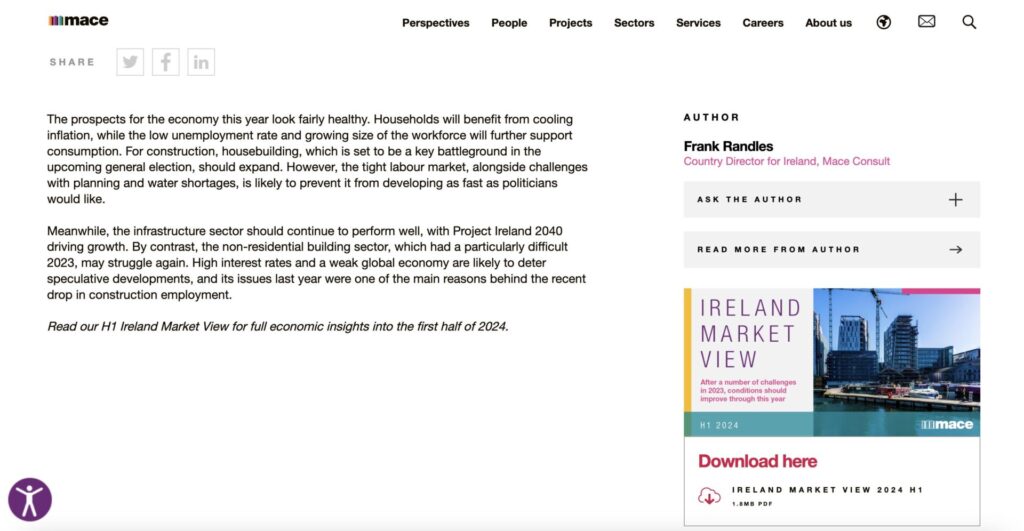
Surveys, reports, and research studies are powerful marketing assets that provide original research or analyze existing data to offer valuable insights. These content types can be promoted through various channels, such as blog posts or press releases, to maximize their reach and impact.
Some examples of what these content assets can look like include:
- Practical Guides: Actionable insights and strategies for addressing specific challenges.
- ‘State of’ Reports: Insightful data on current industry-relevant trends.
- Industry Reports: Comprehensive overviews of current industry conditions and trends.
- Trend Reports: Detailed analyses of industry data and emerging trends.
Additionally, reports and research studies serve to encourage conversation and engagement by presenting data-driven insights. They help establish your brand as a thought leader and a reliable source of industry knowledge.
Offering these detailed and informative assets engages your audience with relevant and timely information, enhancing your brand’s credibility and authority.
8. Tip Sheets and Cheat Sheets
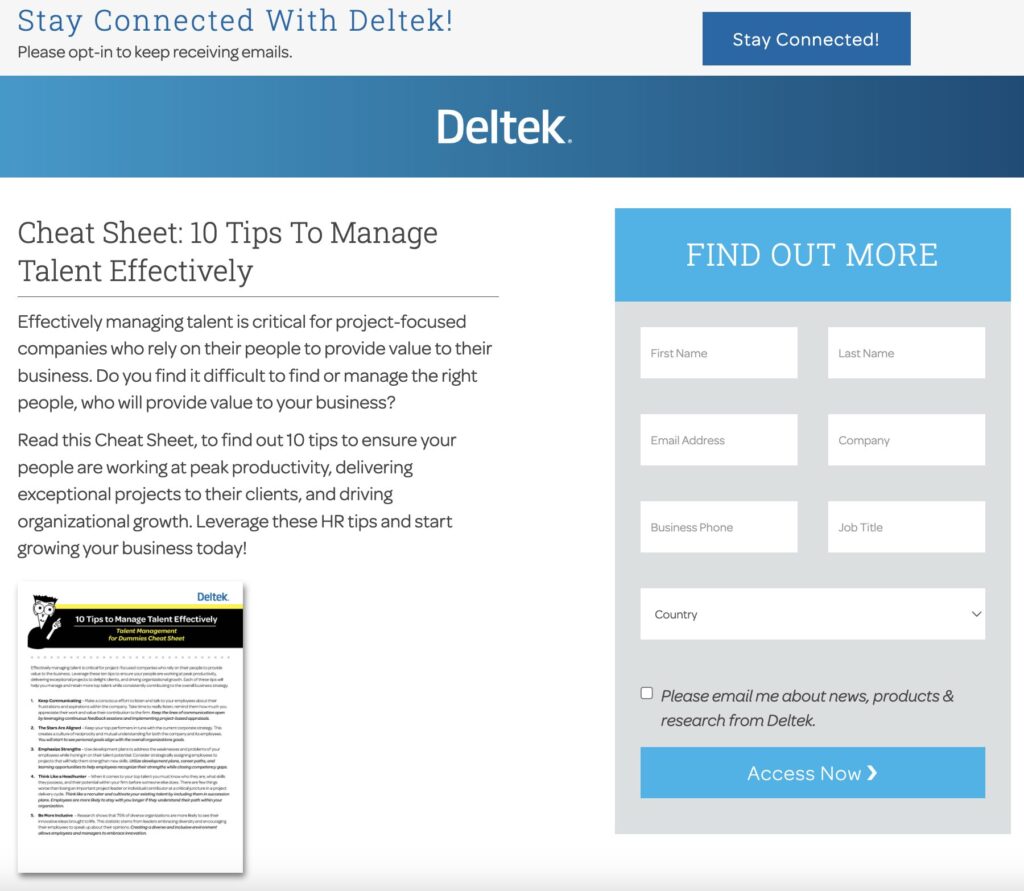
Tip sheets and cheat sheets are concise, informative graphics that provide a quick reference for users. These assets offer brief yet practical instructions to help readers make decisions, execute tactics, or form opinions. Their concise nature and high information value make them popular among users.
Here’s how you can create effective chat sheets:
- Select a Relevant Topic: Choose a subject that addresses common questions or problems your audience faces.
- Identify Key Points: Highlight the essential information to include in your cheat sheet.
- Clear Title: Provide a straightforward title that indicates what readers will learn, such as a how-to format.
- Step-by-Step Instructions: Write short, clear instructions to help readers solve a problem or achieve a task.
- Organize Content: Divide the information into sections for easy scanning.
- Visual Appeal: Use warm, eye-pleasing colors and simple graphics to make the cheat sheet easy to read.
- Tools: Utilize tools like Photoshop or Canva for creative graphics, and Tabifier for clean CSS formatting.
Cheat sheets are less interactive but highly effective for delivering valuable information quickly. They can serve as excellent lead magnets, driving engagement and providing users with practical tools they can refer to repeatedly.
9. Templates
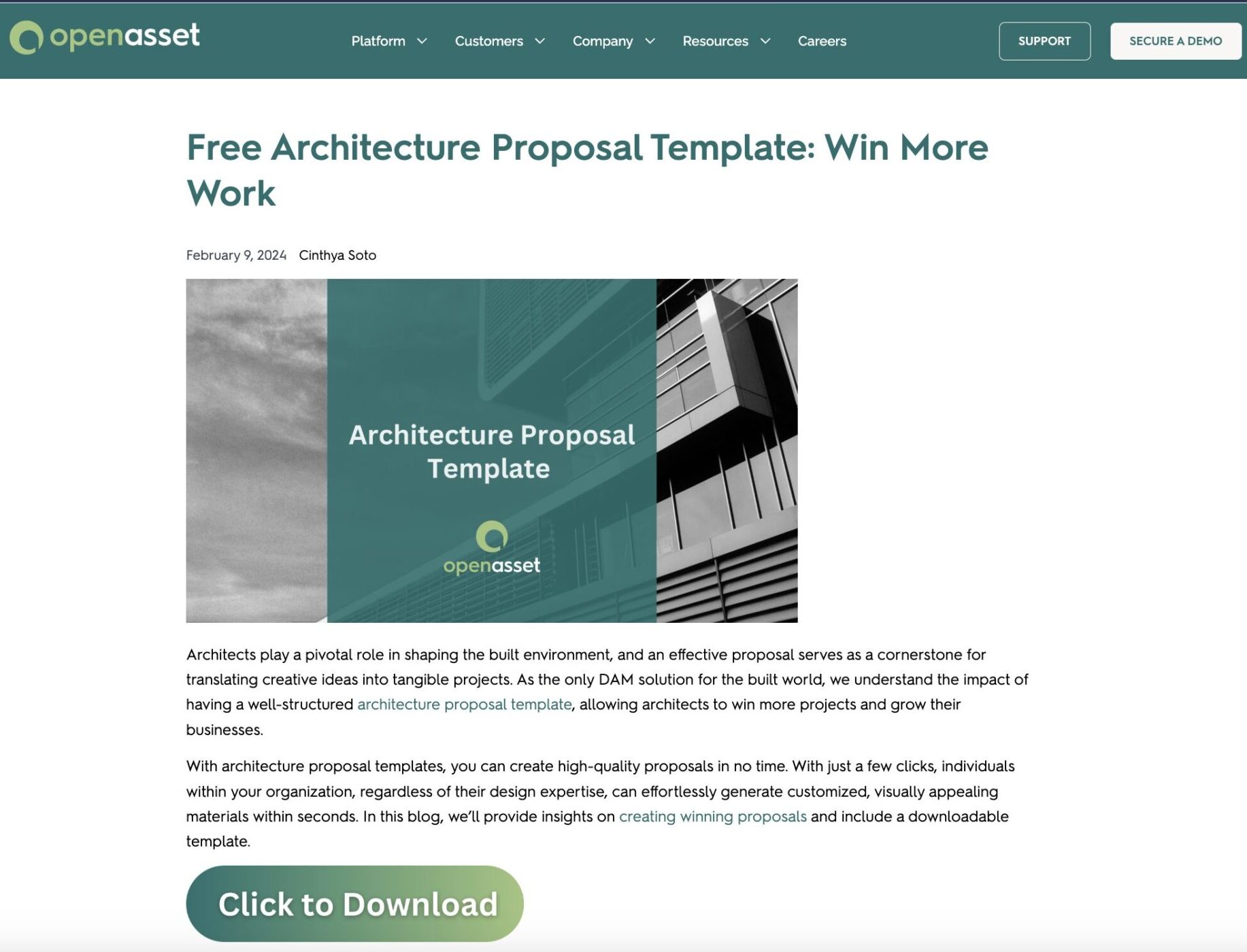
Templates are ready-made resources designed to simplify tasks for your customers, making them invaluable content assets. Typically offered as free resources, templates often serve as gated content assets or ‘lead magnets,’ requiring users to provide contact information to access them.
Templates are pre-designed documents, frameworks, or tools that help users complete tasks more efficiently. They can take various forms, such as:
- Checklists: Step-by-step guides to ensure nothing is overlooked.
- Briefs: Frameworks for creating comprehensive documents.
- Roadmaps: Visual plans outlining strategic steps and timelines.
- Spreadsheets: Pre-formatted sheets for data management and analysis.
- Presentations: Pre-designed slide decks that help users organize and present information effectively.
Regardless of the format you choose, templates are versatile content assets that provide practical solutions for your audience, enhance brand awareness, and generate leads. By offering valuable and user-friendly templates, you can position your brand as a trusted and helpful resource in your industry.
10. Podcasts
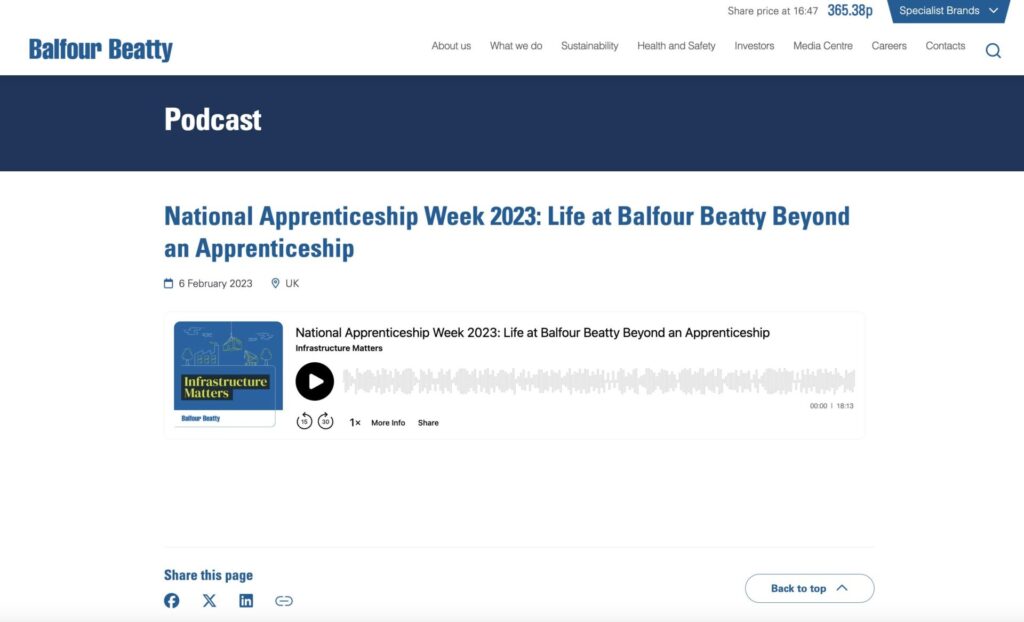
For businesses struggling to engage consistent readers with long-form content, communication assets, such as podcasts offer an excellent alternative. More than 50% of marketers are already using podcasts to connect with their target audience, and it’s only a matter of time before this industry becomes even more competitive.
Audio content caters to busy individuals who may not have the time or preference for reading, providing a flexible way to consume information.
Moreover, podcasts allow your audience to listen while driving, cooking, working out, or multitasking, making it a convenient option for those constantly juggling their attention. This format helps you reach potential customers who might otherwise miss out on your content due to time constraints.
To start a podcast, consider investing in quality recording equipment, such as microphones and filters. While this may initially impact your budget, it doesn’t have to be excessively costly. High-quality audio enhances the listening experience, making your podcast more professional and appealing.
Podcasts can cover a wide range of topics, from industry insights and expert interviews to company news and educational content. This versatility makes them a powerful tool for building brand authority, engaging your audience, and driving traffic to your website.
11. Interactive Content: Tools, Calculators, and Quizzes
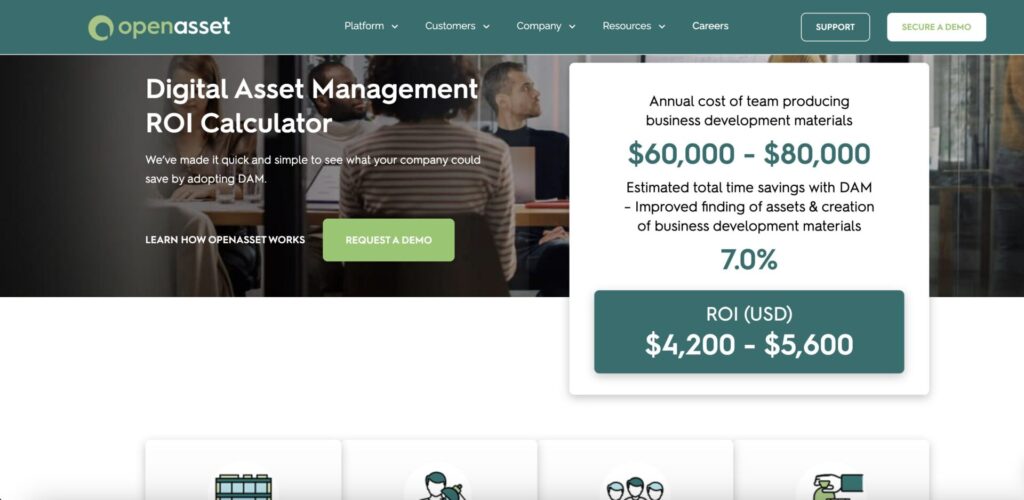
Interactive content tools, such as polls, quizzes, calculators, and surveys, offer a dynamic way for potential customers to engage with your brand. Unlike regular content, interactive assets encourage active participation, boosting customer interest and fostering ongoing connections.
According to CMI, 75% of marketers agree that interactive content provides a “taste” of the brand’s value, thus helping lead generation and nurturing efforts.
Additionally, interactive content sees 52.6% more engagement than static content, with buyers spending an average of 8.5 minutes viewing static content items and 13 minutes on interactive content items.
These tools provide valuable insights into consumer preferences and behaviors, enabling brands to deliver personalized content and improve their offerings. Starting conversations and engaging users through interactive content helps create a more engaging and personalized experience, driving brand loyalty and customer satisfaction.
12. Graphics, Infographics, and Other Data Visualizations
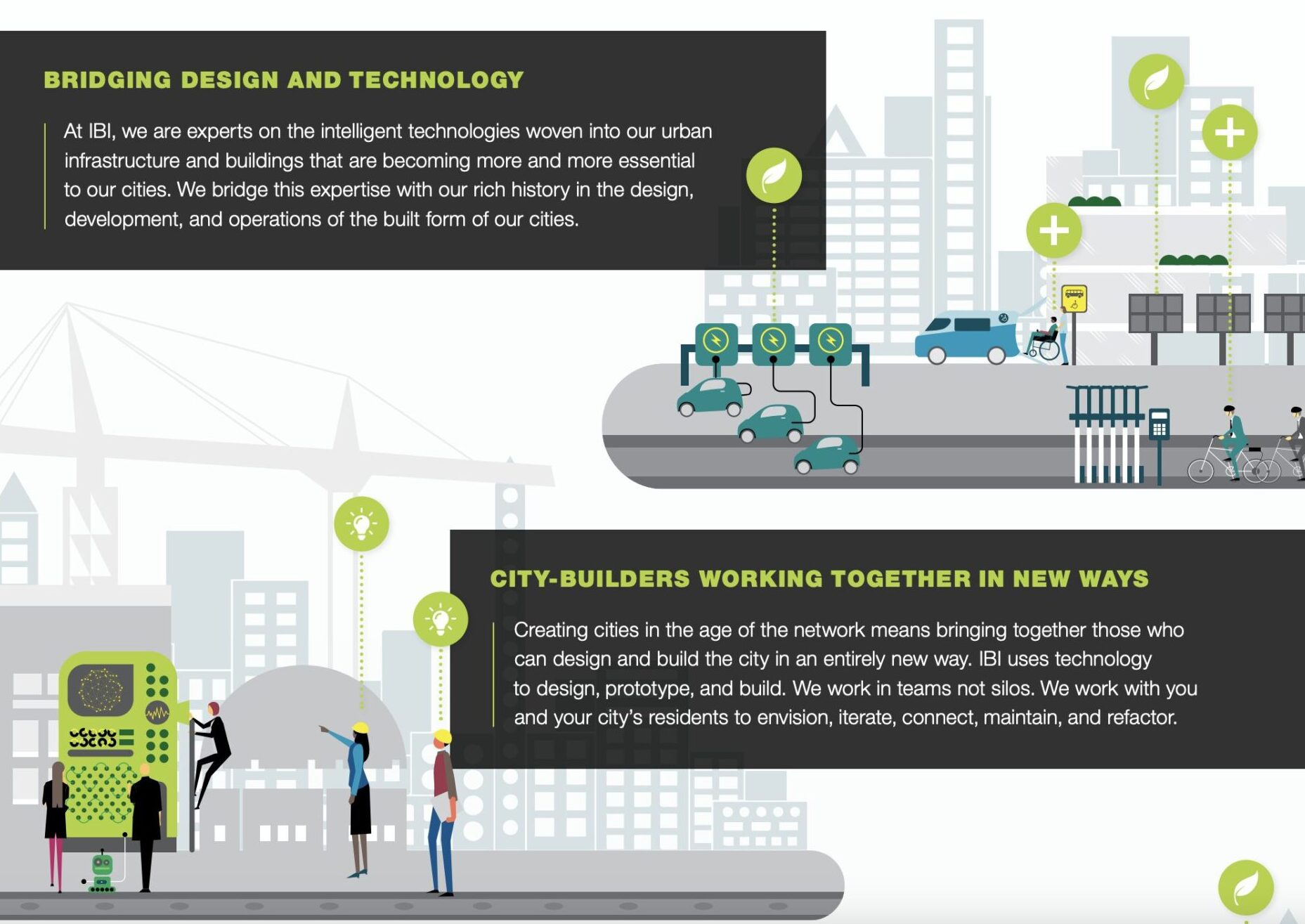
Infographics are visual presentations of information designed to make complex data easily understandable at a glance. They have become a prominent content asset due to their effectiveness in capturing attention and simplifying complex messages.
People process information differently, and reformatting key points into visual components can engage a wider audience. In fact, the use of infographics increases the drive to read by 80%.
Matthew Woodward, SEO Expert, from Search Logistics, says:
“The numbers don’t lie. Infographics are a game-changer for businesses. With over 60% already utilizing them and seeing up to 650% higher engagement, it’s clear that visuals are key to cutting through the noise. The fact that infographics are 30x more likely to be read than text underscores their power in conveying complex information quickly and effectively. Any company not yet embracing this visual revolution is seriously missing out.”
Using graphics and other data visualizations, such as charts and diagrams, can turn data from blog posts or surveys into shareable and engaging visual content.
13. Sales Collateral
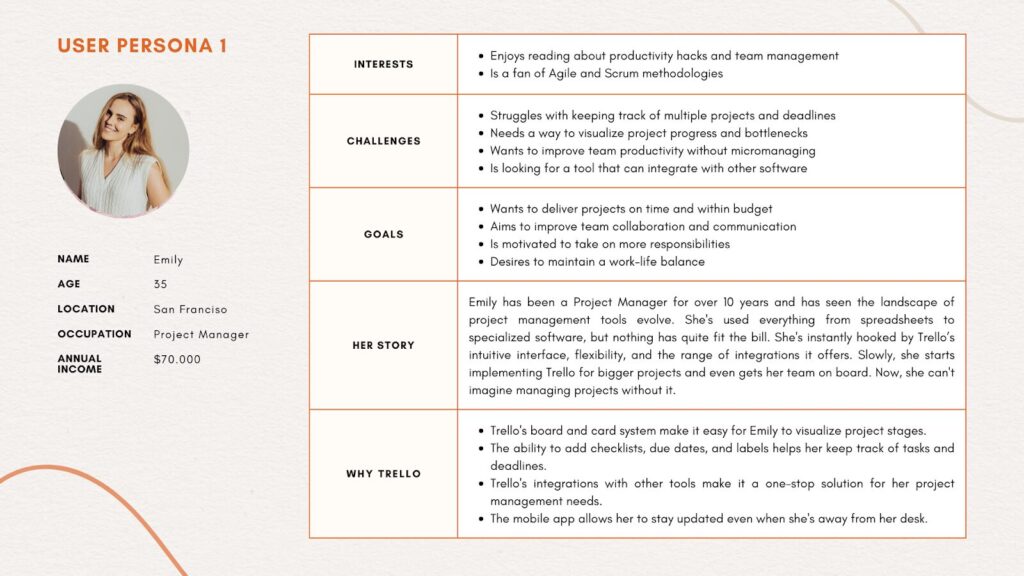
Sales collateral or marketing collateral includes a variety of resources designed to persuade potential customers to purchase your product. These assets include white papers, sales scripts, and ebooks, all tailored to support different stages of the buyer’s journey.
Effective sales collateral is essential for engaging buyers at every stage of their journey. The right collateral builds trust, addresses specific needs, and speaks to buyers in a relatable way. Sales enablement teams should focus on sourcing, creating, and providing relevant content to help sellers close more deals.
Key Types of Sales Collateral
- Persona Documents: Detailed buyer personas represent typical customers, helping sales teams tailor their engagement strategies.
- Product Documents: These documents provide salespeople with a thorough understanding of the product, highlighting specific benefits that address buyers’ pain points and challenges.
- Sales Scripts: Scripts enable reps to have productive conversations with buyers. They offer strategies for each stage of the sales cycle, guiding buyers through the purchasing journey.
- Sales Playbooks: Comprehensive internal guides that outline the most effective selling strategies, often divided into separate playbooks for each sales stage.
- Sales Battlecards: Concise, actionable summaries of your product, market, customers, and competitors. They equip sales teams with quick responses to potential customer questions.
14. Project Portfolio
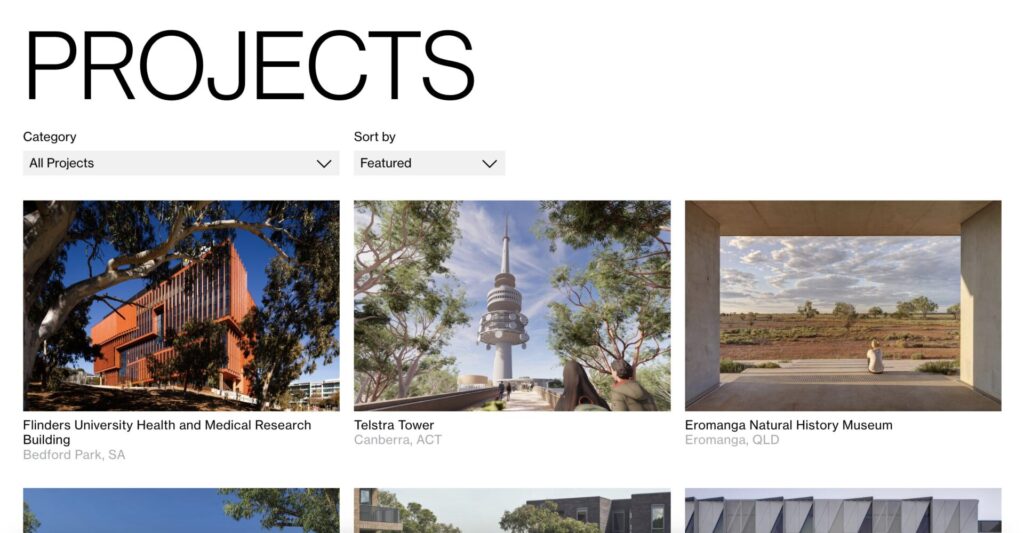
For AEC firms, as well as many other industries, a project portfolio is one of the most effective ways to showcase your expertise. Visuals of your completed work can communicate the scope and quality of your projects far better than words alone.
A well-crafted project portfolio should be a priority on your website, highlighting your accomplishments and providing valuable project details.
Some of the main features to include in your project portfolio include:
- Eye-catching Design: Use high-quality images and videos to capture attention and convey the depth and breadth of your work.
- Easy Navigation: Implement filters by categories and a search bar to help users quickly find projects relevant to their interests.
- Detailed Project Information: Highlight important details about each project, such as scope, challenges, and outcomes.
- Scalability: Allow the addition of multiple images and videos per project without compromising site performance.
- Editable Templates: Use a flexible CMS like WordPress so your team can easily add new projects and update information.
Use your project pages to connect to your team and expert content, offering prospects a deeper understanding of your capabilities and expertise. This approach not only validates your past work but also educates potential clients and generates additional visibility for your firm.
15. Proposals
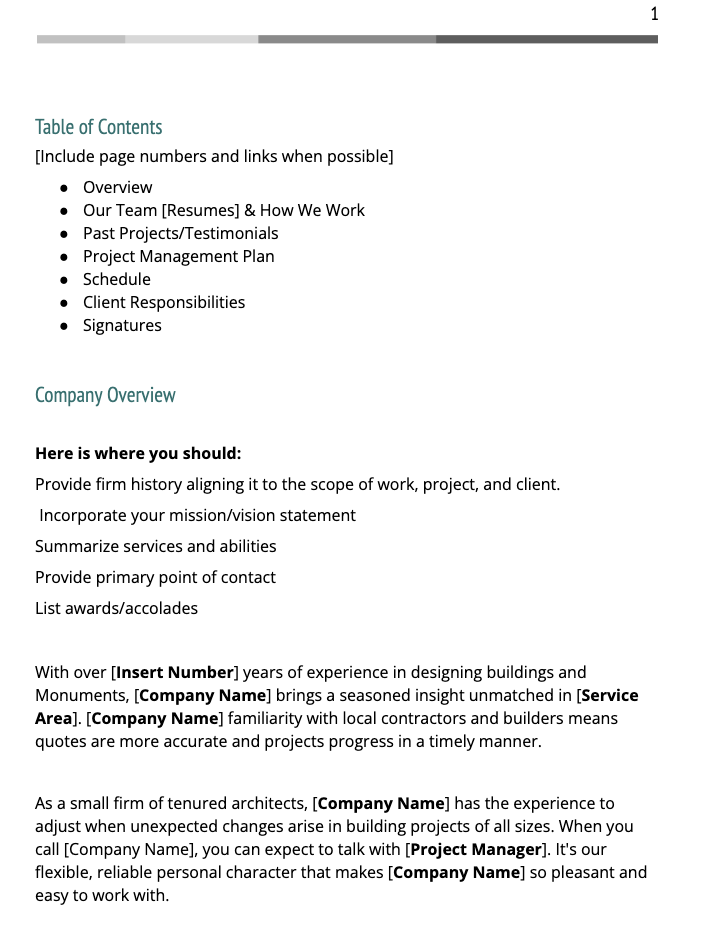
In the AEC industry, proposals are highly technical documents used in the bidding process for projects. Typically ranging from 4,000 to 10,000 pages, these confidential documents are crucial for securing contracts.
Proposals in the AEC sector are often written in response to a Request for Proposal (RFP). An RFP is a formal document issued by clients, detailing the requirements and guidelines for submitting a proposal. Competing firms submit their proposals, hoping to be selected for the project. Proposals include everything from a cover page and executive summary to the timeline and pricing.
Although not typically categorized as a content asset, proposals play a vital role in demonstrating a firm’s expertise and capabilities. They showcase a firm’s ability to meet complex project requirements.
However, according to OpenAsset’s 2024 State of Proposals in AEC Marketing report, proposal process inefficiencies center around finding content and dealing with unplanned activities.
The same report states that proposals take up a majority of an AEC marketer’s time and represent a huge investment and focus for businesses’ marketing efforts in AEC. Assuming 40 hours per week, 48 weeks working, regardless of industry or size, at least 960 hours are spent per year, per firm on proposals.
Fortunately, to save time and make the proposal process easier, digital asset management (DAM) solutions exist. If you’re specifically working in the AEC industry, you need a DAM tool that is tailored to that industry. This will offer top DAM features that were made with AEC professionals in mind, such as industry-specific integrations and robust and secure sharing and collaboration features.
| Hand-picked related content: Shopping for the perfect DAM software? To help ease this overwhelming process, read our DAM Software Buyer’s Guide and learn more about DAM by reading our blog on the 7 Most Important DAM Features. |
16. RFP Resumes
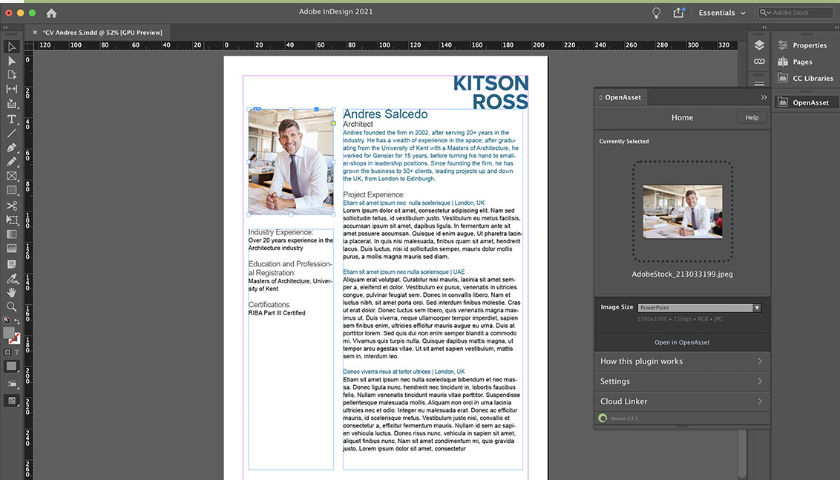
Organizations, on average, reply to 63% of the RFPs they receive. When organizations issue these RFPs, especially for service-based or consulting projects, they seek not only the collective capabilities of the responding firm but also the skills of the employees who will lead the work. The success of a project often hinges on the expertise and experience of these key personnel.
Additionally, an RFP resume differs from a typical job resume. It provides a detailed overview of the work history, skills, and relevant achievements of the team members proposed for the project. While it includes qualifications and experiences, it focuses specifically on those relevant to the RFP’s requirements.
By tailoring resumes to the RFP’s requirements, firms can demonstrate a clear fit between the project needs and the proposed team’s capabilities. This approach helps the RFP issuer quickly assess the suitability of the team.
| TIP: Make your life easier when dealing with RFP resumes by implementing AEC DAM software that offers an Employee Module to automate and streamline resume creation. |
17. Presentations
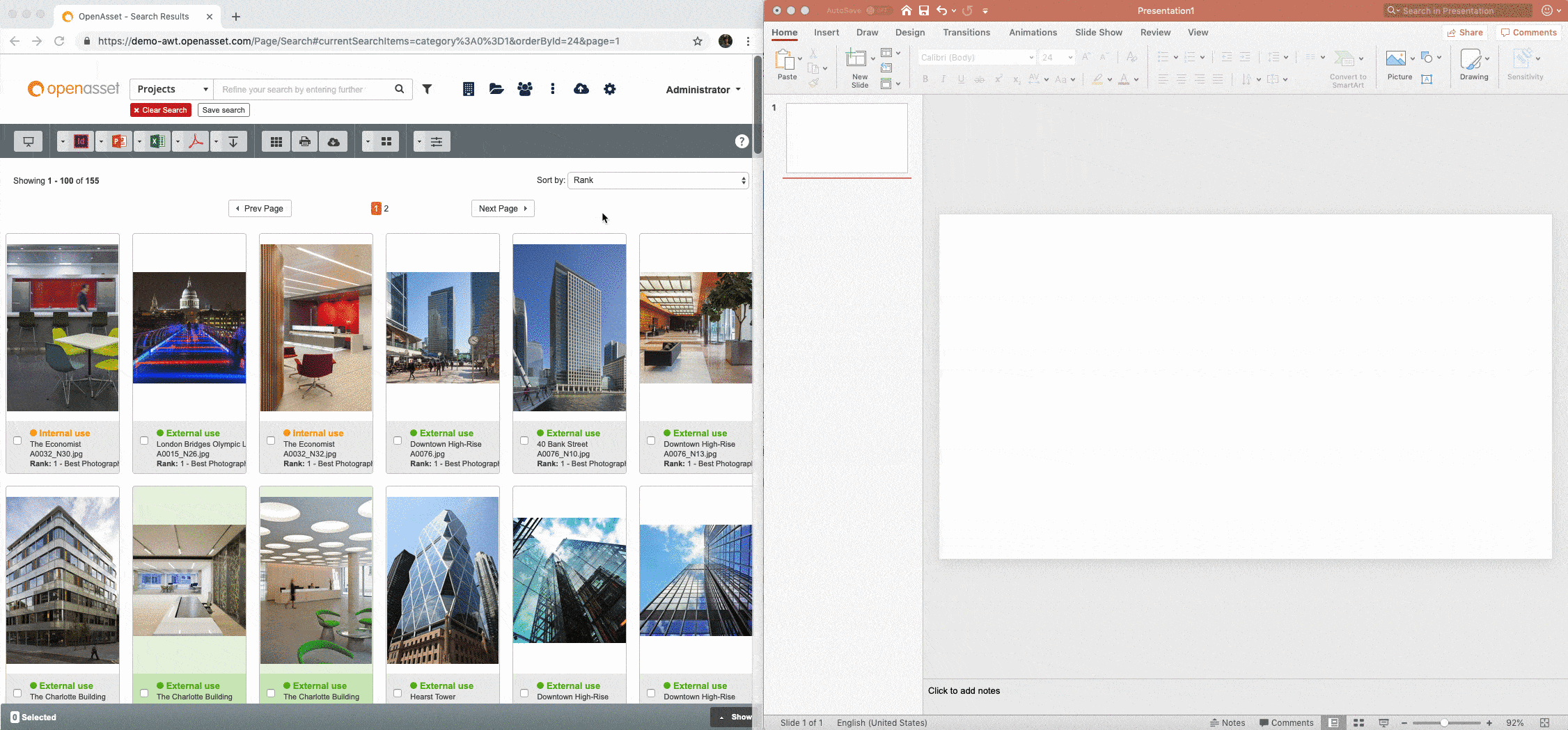
Company presentations are powerful tools that provide potential clients and customers with valuable information about a company’s history, services, and successes.
According to beautiful.ai, 85% of an audience can remember content presented visually, compared to 70% who retain verbal content. However, after three days, 60% can still recall the visual content, while only 10% remember information from a verbal presentation. This highlights the importance of a visually appealing presentation.
These slideshows or demonstrations help consumers understand how a business can meet their needs using its products or services. Additionally, presentations can be used to report business achievements to partners and executives or attract potential investors.
Ultimately, a well-crafted presentation can showcase your business’s successes, helping to gain new clients and increase sales and revenue. Presentations can be tailored to various audiences and purposes, making them versatile content assets in a company’s marketing strategy.
How to Create a Content Asset
Mastering the creation and management of content marketing assets can significantly streamline your content marketing efforts. However, creating high-quality content assets requires careful planning and strategic execution.
Here are 10 steps you can follow to help you develop content assets that truly resonate with your audience:
1. Define Your Goals and Objectives
Before diving into content creation, it’s crucial to determine your content goals and how you will measure success.
To help with this, set SMART goals. You can do this by following this format:
- Specific: Clearly define your goals to focus your efforts.
- Measurable: Establish checkpoints to track progress and efficacy.
- Achievable: Set realistic goals that are motivating.
- Relevant: Ensure short-term goals align with your long-term vision.
- Timely: Set deadlines to create a sense of urgency and direction.
These goals can range from increasing brand awareness and generating leads to boosting conversions and retaining customers. Each goal requires a tailored strategy to achieve it.
Creating content assets without a specific purpose won’t generate meaningful results. By accurately defining your goals, you can create content that resonates with your audience and drives the desired actions.
2. Identify Your Audience
Next, start understanding your audience: Who are your buyer personas? What are their needs and learning styles?
Understanding your audience is essential for creating effective content assets. This, in turn, helps you understand what topics are important to your audience, which helps you set clear objectives for your content marketing strategy (back to step one).
Moreover, to create relevant and engaging content, you need to know who your target audience is. This knowledge forms the backbone of your content strategy. Your audience will interact with your content and shape your brand’s voice and message.
Through audience research, you can gather invaluable details about demographics, preferences, and purchase habits. Audience segmentation and buyer personas help identify your ideal customer, allowing you to target those who meet specific criteria.
3. Consider Your Target Audience’s Needs and Pain Points
To create valuable content, it’s crucial to understand your audience’s needs and pain points. Identify which channels they use and how they prefer to receive information. This knowledge allows you to craft content that delivers value and meaning.
Creating helpful and educational content that resonates with your audience requires building a diverse repository of content assets. This approach ensures you have a variety of resources to pull from for future publications, keeping your content strategy dynamic and relevant.
4. Determine What Type of Content You Will Create
Choosing the right type of content asset is essential to connect effectively with your audience and meet your marketing goals.
Whether it’s videos, case studies, white papers, or infographics, each content type serves a specific purpose and has its own strengths. For example, white papers are excellent for establishing thought leadership, while case studies can be powerful for lead generation.
To start, go back to identifying your audience. This step is crucial in determining what type of content will resonate. Start by building a buyer persona for your target audience. This approach ensures that your strategy remains relevant and valuable.
Additionally, review your existing content to identify what has been most successful. Analyze the engagement levels on your blog, newsletter, or YouTube channel to pinpoint the type of content and topics that resonate most with your audience.
If you’re still not sure what type of content you should create, jump to our section on “How to Decide What Content Assets to Create” to have all your questions answered regarding this step.
5. Conduct Any Research Needed
You know what type of content you need to create, but do you know for which topics? It’s time to research to help you brainstorm ideas. To help you decide what topics to focus on for your content, utilize keyword research tools like Semrush, or Google Keyword Planner.
These tools can help identify terms and topics likely to generate organic traffic. Also, consider competitor content for inspiration, identifying how your offerings differ and stand out.
However, while SEO is important for driving traffic, it’s crucial to focus on topics that genuinely interest your specific audience. Recent industry updates, like Google’s ‘helpful content update,’ emphasize the importance of creating content that informs rather than content solely optimized for search engines.
For further brainstorming and content ideas through research, regularly speak with your sales and customer success teams or subject matter experts to gain insights from direct interactions with customers.
The feedback, questions, and pushbacks they receive can provide valuable direction for your content creation efforts.
6. Assess What Resources Are Needed to Create the Content
Before you begin creating content, it’s crucial to assess the resources you will need to ensure your project is successful.
Here are some key considerations to keep in mind:
- Research Needs: Determine whether your content requires gathering insights through interviews, conducting surveys, or undertaking original research. Each of these elements can add depth and credibility to your content but may require additional time and coordination.
- Visual Requirements: Consider if your content will benefit from images or original graphics. Visuals can enhance the appeal and comprehensibility of your content, but creating or sourcing these will require additional resources and planning.
- Project Timing: Be aware that the complexity of your resource needs will significantly influence the timeline of your content creation process. More complex projects with extensive research or elaborate graphics will naturally take longer to complete than simpler ones.
Carefully planning for these resources before starting your content creation allows you to set realistic timelines and ensure a smooth workflow, ultimately leading to more effective and engaging content assets.
7. Create the Content Asset
Now that you’ve identified your target audience, determined the type of content you want to use, brainstormed topic ideas, and conducted research, it’s time to create the content asset.
Ensure your content is high-quality, well-researched, and engaging. Incorporate visuals and interactivity where appropriate to enhance engagement. Moreover, make sure you have all the resources necessary to create your content asset, whether it’s repurposing images or hiring a freelance designer to start from scratch.
Lastly, review and edit your content to ensure it aligns with your brand’s tone and delivers value to your audience. This takes us to the next step: Review and Edit Your Content Asset.
8. Review and Edit Your Content Asset
Reviewing and editing your content asset is crucial for ensuring it is polished and professional. Start by checking for clarity, coherence, and alignment with your goals and audience needs. If any, correct grammatical errors, spelling mistakes, and ensure consistency in tone and style. Double-check facts and references for accuracy.
Next, if applicable, make sure your content asset is optimized for SEO by integrating keywords naturally, writing compelling meta descriptions, and adding relevant internal and external links.
Enhance readability with proper formatting, high-quality visuals, and clear headings. Solicit feedback from peers and possibly a small segment of your audience to catch any overlooked issues and gather insights.
Lastly, conduct a final proofread to catch last-minute errors and ensure correct formatting across devices.
9. Publish and Distribute Your Content
Once polished, publish your content on chosen platforms and develop a promotion strategy to maximize its reach and impact. You should also be distributing your content to maximize its reach and impact.
Effective content sharing requires a well-thought-out strategy. Before you start creating content, plan how, where, and when you will publish and promote it. Identify the distribution channels you want to use and consider important timings. An editorial calendar can be a useful tool for organizing this process.
When your content is ready, use a mix of organic and paid promotional tactics to reach your audience. Even the highest-quality content can get lost in the digital noise if not effectively promoted. Your promotional strategy should be as carefully considered as your content strategy and tailored to your audience’s preferences.
Moreover, planning your distribution and promotion strategy in advance allows you to ensure your content reaches the right people at the right time, driving engagement and achieving your objectives.
10. Future Step: Organize Your Content Assets
Not ready to publish yet? A content asset library stores your high-value content until you’re ready to publish it online. It contains the highest quality, most relevant content you’ve created and simplifies future posts by allowing you to pull from a pool of already-developed material.
To keep your library organized, clearly label files with content type and date. This helps you quickly and easily search for appropriate material. Use expiration and creation dates to keep content current.
A tool that does this and more? OpenAsset. OpenAsset is a DAM solution that organizes your content assets efficiently, ensuring you can locate them with ease.
This digital asset management tool allows you to tag, categorize, and search for content, making it simple to manage and retrieve your digital assets throughout their content lifecycle.
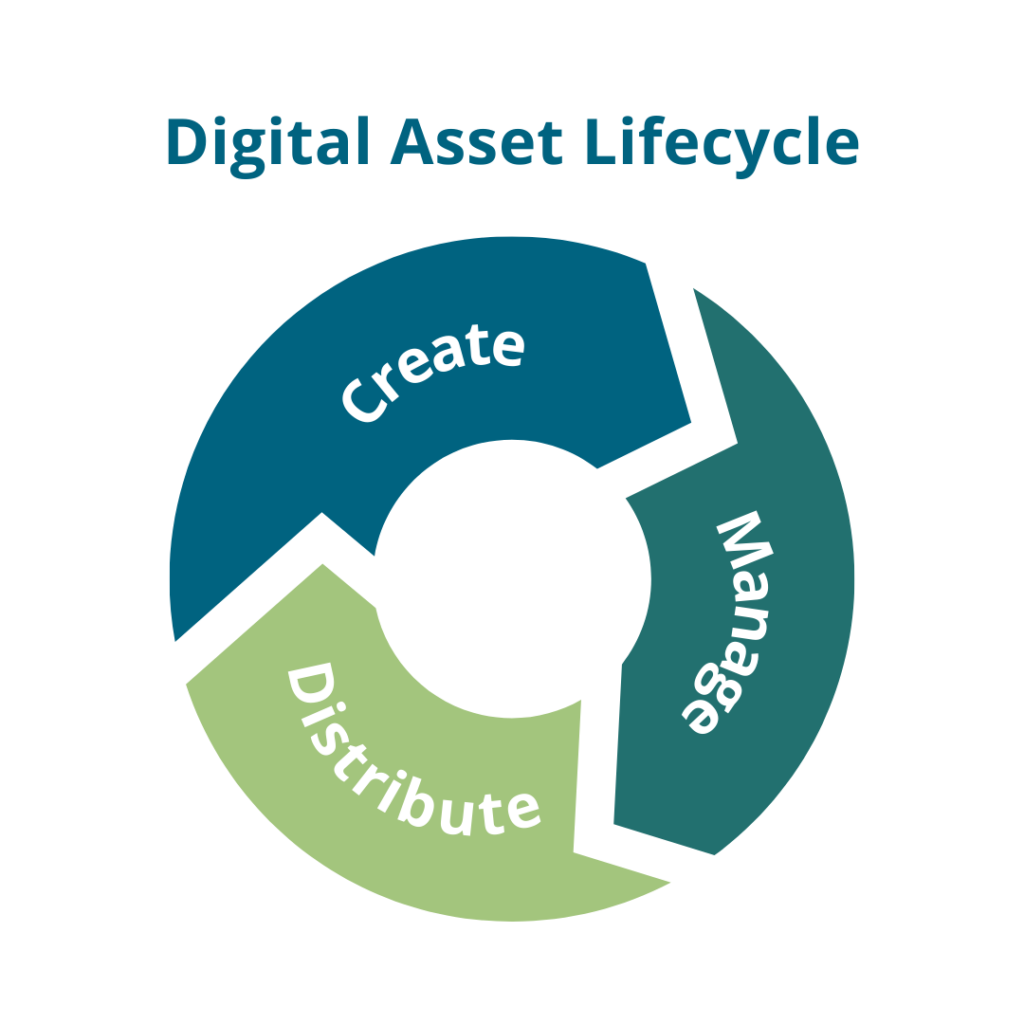
Ultimately, maintaining an organized content library with OpenAsset helps you streamline your content creation process and enhance productivity.
| Hand-picked related content: If you’re still unsure if OpenAsset is the DAM solution for you, learn how OpenAsset goes beyond other DAM software by reading 5 Inspiring Ideas for Using OpenAsset Beyond Traditional Asset Management. |
How to Decide What Content Assets to Create
If you need further help deciding what type of content to create, here we’ve answered questions that may help you make progress in your content asset creation process.
How Long Will It Take To Create the Content?
The time it takes to create content depends on the time required to research, write, design, and produce each type of content, and the resources available. You should also factor in the time for revisions and approvals. However, according to research by CoSchedule, most marketers say it takes between one and six hours, on average, to create a piece of content.
What Promotion and Distribution Channels Can Be Used?
Although there’s no “one and done” promotion channel, by knowing your target audience and understanding metrics you can identify the most effective channels to distribute your content. This can include social media platforms, email newsletters, your website, and third-party sites.
Here are some effective promotion techniques you can use:
- Social Media Advertisements: Use platforms where your audience is most active.
- PPC (Pay-Per-Click) Ads: Target specific keywords on search engines.
- Email Campaigns: Reach your subscribers with personalized content.
- Guest Posting: Publish your content on reputable sites to reach a broader audience.
Remember to tailor your content to fit the formats and best practices of each channel to maximize reach and engagement.
Are There Metrics You Can Use to Measure Success of the Content?
Measure the success of your content assets by tracking metrics such as:
- Website traffic
- Page views
- Engagement rates (likes, shares, comments)
- Lead generation
- Conversion rates
- Click-through rates
- SEO rankings
Setting clear metrics allows you to measure the effectiveness of your content and make data-driven decisions. To do this, utilize analytics tools to monitor metrics and evaluate how effectively your content is performing against your objectives.
Is Any Budget Required?
The budget required can depend on the resources you already have available. Regardless, for a better understanding of the required budget, you should assess whether there are any costs associated with creating the content, such as hiring writers or designers, purchasing software, or running paid promotions.
What Part of Your Target Audience Is It Speaking To?
As mentioned earlier, different types of content may resonate more with specific demographics, interests, or stages of the buyer’s journey. Therefore, who your content speaks to depends on your product and buyer persona. Tailoring your content to the right segments increases its relevance and impact.
How Long Can You Use the Content Asset? Is It Evergreen?
The lifespan of a content asset depends on its relevance over time. Evergreen content, such as how-to guides, educational articles, or comprehensive industry insights, remains relevant and can continually attract traffic for years. However, time-sensitive content, like news articles or trend analyses, may have a shorter shelf life but can drive significant immediate engagement.
Will Your Sales Team Use the Content Assets?
Yes, integrating content assets into your sales strategy can significantly enhance your team’s ability to close deals. Therefore, your sales team should be using your content assets!
Content assets are invaluable tools for sales teams because they provide credible evidence of your product’s or service’s effectiveness. For example, sales teams can use case studies and testimonials to show customers how your product helped similar clients.
Your content assets, ranging from white papers and ebooks to detailed product guides and videos, help sales representatives articulate the benefits and real-world applications of your offerings to potential customers.
What Topics or Formats Are Currently Seeing Success?
Currently, customizing content strategies can significantly enhance traffic, engagement, and brand authority. Successful cases (like the ones mentioned in this article) highlight the importance of understanding your audience, tapping into current industry trends, and creating a variety of high-quality content assets.
However, the content landscape is ever-changing, with new formats and platforms continually emerging. To stay ahead, remain adaptable, explore new content types, and always prioritize delivering value to your audience.
Given that 65% of the population are visual learners, focusing on visual storytelling and similar visual content forms is increasingly essential.
Moving forward, you can expect to see a rise in personalized and interactive content, an increased emphasis on video and visual storytelling, and more extensive use of AI and machine learning in content creation and analysis.
Unfortunately, we can’t pinpoint which topics are seeing success, and even if we could, it wouldn’t matter because the topics you decide to focus your content on depend on your target audience.
Therefore, understand your audience’s pain points and how the content you create can provide value to them. This will help you come up with a list of topics catered to your brand.
Keep Your Content Assets Organized With OpenAsset
Marketing teams, especially within AEC firms, struggle to keep content marketing assets organized and easily accessible, between all the project images and proposal documents.
Fortunately, OpenAsset provides a robust solution for content management, ensuring they are searchable and easy to find. OpenAsset’s digital asset management solution helps streamline the organization of your high-quality images, documents, presentations, and other content, saving your marketing team valuable time and resources.
With OpenAsset, AEC firms can efficiently categorize and tag their assets, making it simple to locate exactly what you need when you need it. This improved organization not only enhances productivity but also ensures consistency and quality across all marketing materials.
By centralizing your AEC assets, you reduce the time spent searching for assets, which allows your team to focus on creating compelling proposals that help you win more business. Ready for OpenAsset’s DAM platform to make your AEC proposal process simpler, faster, and more successful?

